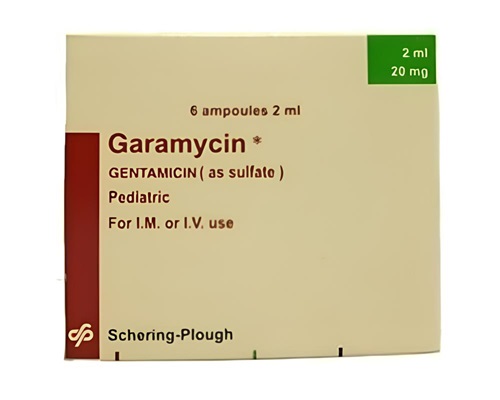Description
Trade name
Duricef
Composition:
Each tablet contains:
Cefadroxil 1 g
Excipients:
Magnesium stearate, microcrystalline cellulose.
Properties:
Broad-spectrum cephalosporin antibiotic of the first generation for oral administration. Has a bactericidal effect.
Active against gram-positive bacteria: Staphylococcus spp. (strains producing and not producing penicillinase), Streptococcus spp. (including Streptococcus pneumoniae), Corynebacterium diphtheriae, Bacillus anthracis; gram-negative bacteria: Shigella spp., Salmonella spp., Haemophilus influenzae, Escherichia coli, Klebsiella spp., some strains of Proteus spp.
Indications:
Infectious and inflammatory diseases caused by microorganisms sensitive to cefadroxil, including: diseases of the urinary tract, upper and lower respiratory tract, skin, soft tissues, bones.
Method of administration and dosage:
Established individually, taking into account the severity and localization of the infection, the sensitivity of the pathogen. When taken orally, adults and children weighing more than 40 kg use an average dose of 1-2 g / day in 1-2 doses. Children weighing less than 40 kg – 25-50 mg / kg / day (preferably in the form of a suspension) in 1-2 doses. The course of treatment is 7-14 days. The minimum duration of treatment for infectious and inflammatory diseases caused by beta-hemolytic streptococcus group A is 10 days.
Contraindications:
Hypersensitivity to cephalosporins.
The drug should be used with caution in newborns and premature infants, in chronic renal failure, bleeding and gastrointestinal diseases (including a history of UC), during pregnancy and lactation, in weakened and exhausted patients.
Precautions:
Patients with a history of allergic reactions to penicillins may have hypersensitivity to cephalosporin antibiotics.
During treatment, renal function must be monitored, especially in patients receiving the drug in high doses.
Treatment should be continued for 48-72 hours after the disappearance of symptoms; in case of infections caused by Streptococcus pyogenes, the course of treatment is at least 7-10 days.
During treatment, a false-positive direct Coombs reaction and a false-positive urine reaction for glucose are possible.
Side effects:
Allergic reactions: chills, rash, itching, urticaria, rarely – erythema multiforme exudative, bronchospasm, malignant exudative erythema (Stevens-Johnson syndrome), anaphylactic shock.
From the digestive system: diarrhea, nausea, vomiting or constipation, flatulence, cramps and abdominal pain, ulceration of the oral mucosa, oral candidiasis, glossitis, pseudomembranous enterocolitis, liver dysfunction (increased activity of AST, ALT, alkaline phosphatase, LDH, bilirubin), cholestasis.
From the urinary system: renal dysfunction, dysuria.
From the reproductive system: itching in the perineum, vaginitis.
From the central nervous system: convulsions.
From the sensory organs: hearing loss.
From the hematopoietic system: decreased hemoglobin and hematocrit concentration, anemia (aplastic or hemolytic), eosinophilia, neutropenia, leukopenia, agranulocytosis, thrombocytopenia, hypoprothrombinemia, prolongation of prothrombin time.
Local reactions: irritation, infiltrate and pain at the injection site, phlebitis.
Storage method:
At a temperature not exceeding 30 degrees. In a dry, cool place.
Packaging:
A cardboard box contains 8 tablets, paper instructions.









